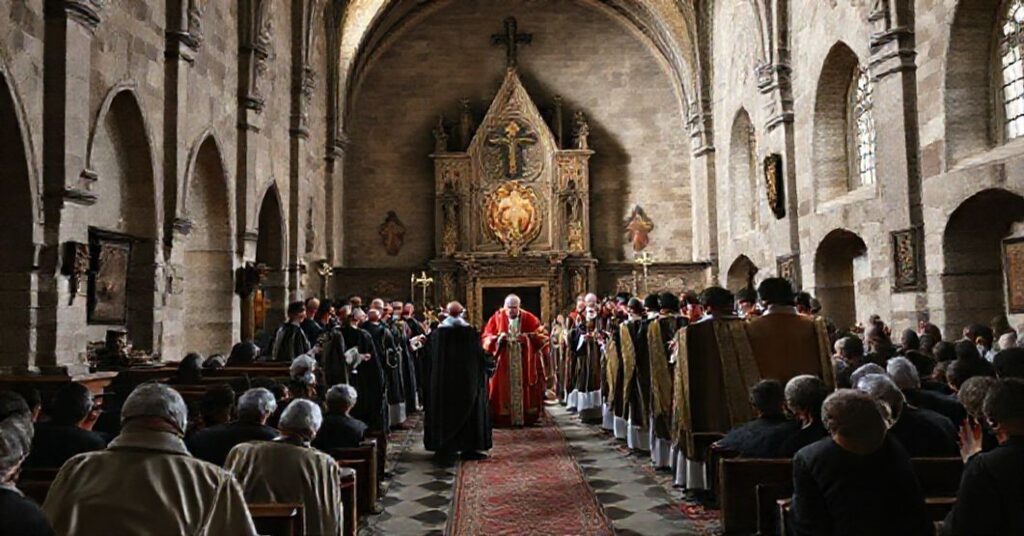Qui Servatorem (1960.07.25)
Sanctus Vincentius a Paulo is here invoked by John XXIII to be proclaimed as the principal heavenly patron of the Cuttack diocese and mission. The text extols Vincent de Paul’s charity, praises existing local devotion, and, at the request of bishop Paulus Tobar Gonzales and the clergy and faithful, “by apostolic authority” designates him as the primary patron with the usual liturgical honors, emphasizing canonical validity and perpetuity of this act.
This apparently pious brief is in fact a pristine specimen of the conciliar sect’s method: using authentic saints, ornate Latin, and technical legal formulas as a cosmetic veil over a dissolving of the true apostolic mission into humanitarian sentimentalism and juridical voluntarism detached from the Kingship of Christ and the integral Catholic faith.










